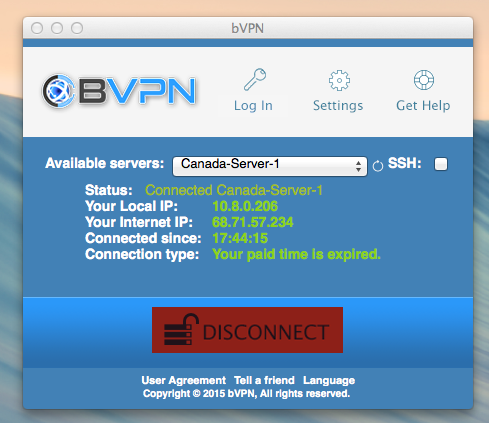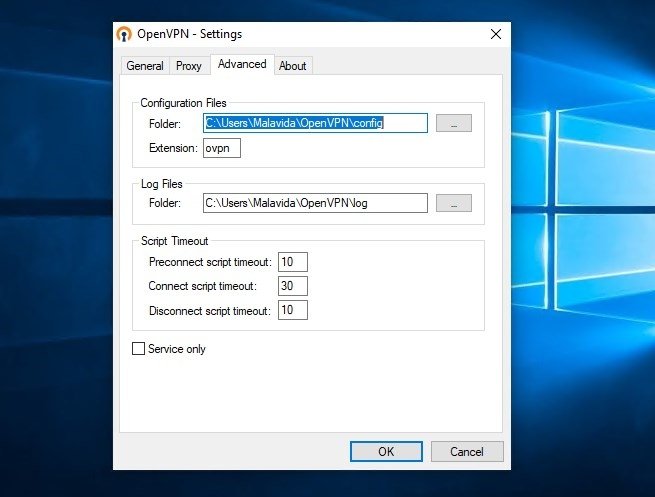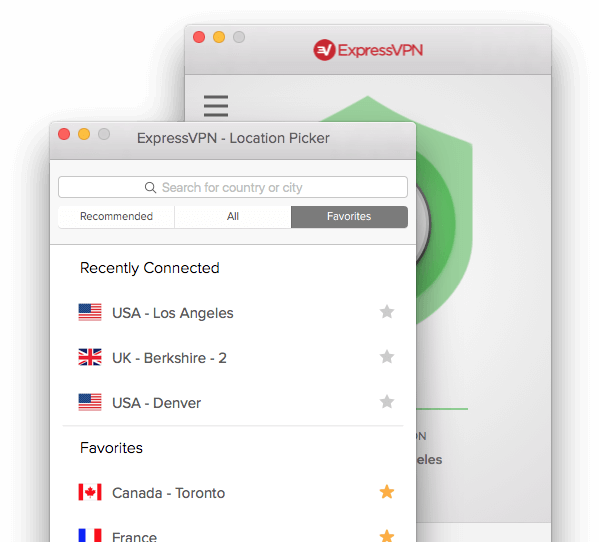

Add Apple devices to Apple School Manager, Apple Business Manager, or Apple Business Essentials.Deploy devices using Apple School Manager, Apple Business Manager, or Apple Business Essentials.We’re firm believers that if you wish to stay safe online, you should use more than one layer of security.
OPENVPNMAC M1 MAC
Mac anti-virus software, for instance, protects you from malware, but it doesn’t hide your digital footprints. So long as your Internet use can be tied to your unique IP address, this information can be used to track you. This is why some people choose a virtual private network (VPN) to connect a device or computer to the Internet. There are many ways to maintain online privacy, and we’ve previously outlined some steps you can take to keep your digital life hidden from others. If your goal is to avoid being tracked online, then you should definitely consider using a trusted VPN when accessing the Internet.

While many VPN options exist, if you’re on the road and want to avoid the dangers of public Wi-Fi hotspots that could enable “man-in-the-middle” attacks, you can use a VPN on a router to protect your mobile devices on the go. But most VPNs are subscription services, which we’ll cover in this article, and do not require purchasing a new router.

There is nothing illegal about using a VPN to access online content - if you stay within the confines of what content you are allowed to access and from where - and VPNs can provide a powerful extra security measure in your fight to protect your data.
OPENVPNMAC M1 MAC OS
Today we’ll explain how VPNs work, and what you can do to set up a VPN with iOS and Mac OS X. VPNs offer a number of distinct advantages, including the following: Virtual Private Networks involve accessing a server run by a provider via an encrypted connection.
OPENVPNMAC M1 SOFTWARE
#Cyberghost vpn mac m1 software#īy its self, however, OpenVPN is technically not the protocol, it is open source software that implements its own proprietary, incredibly secure protocol. IPSec and PPTP are actual protocols built into iOS and OS X, and can be configured manually in the operating system’s settings, while OpenVPN requires additional software. Many VPN service providers have dedicated OpenVPN clients for OS X that make the setup process a breeze. Yet for the iPhone and iPad, while iOS VPN apps can be easily downloaded from the App Store, these all use IPSec and PPTP. There are, however, generic open source apps available for both iOS and OS X that allow OpenVPN to be configured manually.


 0 kommentar(er)
0 kommentar(er)
